
History Of The Quadrifoglio (also called the ‘cloverleaf’)
Since 1923, the Quadrifoglio logo has been the symbol of Alfa Romeo racing cars and since WWII, it has also been used to designate the higher trim models of the range. The Quadrifoglio first use came from the 1923 Targa Florio, an open road endurance race founded in 1906, held in the mountains of Sicily near the island’s capital of Palermo that folded 1977. Alfa Romeo race driver Ugo Sivocci, a superstitious person, painted a four-leaf clover on his Alfa Romeo RL for luck and quickly won the race which was his major racing achievement.
The Alfa Romeo RL was produced between 1922-1927. It was Alfa’s first sport model after World War I. The car was designed in 1921 by Giuseppe Merosi. Three different versions were made: Normale, Turismo and Sport. RL total production was 2640. The RLTF (Targa Florio) was the race version of RL – it weighed half of normal versions, the engine had seven main bearings instead of four and double carburetors. In 1923 Alfa’s race team had drivers like Ugo Sivocci, Antonio Ascari, Giulio Masetti and Enzo Ferrari.
The Alfa Romeo Tipo P1 was the first Grand Prix car made by Alfa Romeo in 1923, designed by Giuseppe Merosi, a famous Italian automobile engineer. The 2-seater race car with FR layout had a 2.0 L straight-6 1990 cc I6 DOHC engine that produced 95 bhp (71 kW) at 5000 rpms with a curb weight of 850 kg (1,874 lb)
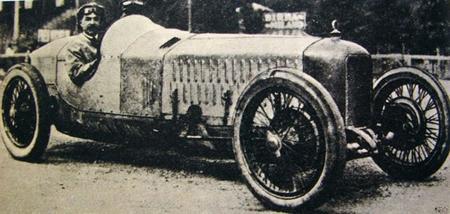
Two cars were entered in the Italian GP at Monza in 1923, one for Antonio Ascari and one for Ugo Sivocci. When Sivocci was practicing for the GP on September 8, 1923 he crashed and was killed. Sivocci’s car was painted with the green cloverleaf on a white background that was to become Alfa’s good luck token. His car was carrying number 17, which was never again assigned to Italian racing cars. On the same day of the accident, a press release from engineer Nicola Romeo announced the withdrawal of other Alfa Romeo cars competing. Alfa Romeo withdrew from the competition and development of the car was stopped.
Ugo Sivocci started his racing career with bicycle racing. After World War I, he worked as an auto mechanic in Milan. Being a friend of Enzo Ferrari, he was hired by Alfa Romeo in 1920 to drive Alfa in three-man works team: (Alfa Corse) with Antonio Ascari and Enzo Ferrari. In 1923 he began to drive the Alfa Romeo RL, and quickly won numerous races. In the same year, he won the Targa Florio with RL Targa Florio which was his major racing achievement. The race was a great success for Alfa Romeo as second (Ascari) and fourth places (Giulio Masetti) were occupied by Alfa.
In 1924 a new version Grand Prix car was made and became the Alfa Romeo P2 that won the inaugural Automobile World Championship in 1925, taking victory in two of the four championship rounds when Antonio Ascari drove it in the European Grand Prix at Spa and Gastone Brilli-Peri won the Italian Grand Prix at Monza.
Antonio Ascari began racing cars at the top levels in Italy, using a modified 1914 Fiat. Along with Enzo Ferrari, he raced in the first Targa Florio held after the end of World War I in 1919, but did not finish after crashing. In 1922 he finished a strong fourth. Driving an Alfa Romeo, in April 1923, he narrowly lost the Targa Florio, finishing second to his Alfa Romeo teammate, Ugo Sivocci, the following month at the Cremona Circuit he drove to his first major Grand Prix victory. In 1924 won at Cremona in the first race of the P2, then went on to Monza where he won the Italian Grand Prix. In 1925 his car dominating the competition at the Circuit de Spa-Francorchamps when he won the inaugural Belgian Grand Prix.
At age 36 Ascari was killed while leading the 1925 French Grand Prix in an Alfa Romeo P2 in the first race at the new Autodrome de Montlhéry south of Paris. He crashed and died of his injuries on his way to hospital in Paris. He left behind a seven-year-old son, Alberto Ascari, Alberto would have a great Formula One career, driving for Ferrari, Maserati and Lancia between 1950 – 1955. with 32 starts, 2 championships (1952, 1953), 13 wins and 17 podiums. In 1955 at age 36, Alberto Ascari’s crash on the Monza Eni Circuit when he test drove a Ferrari 750 Monza, he went to Monza to watch his friend Eugenio Castellotti test a Ferrari 750 Monza. They were to co-drive the car in the Monza race, Ascari was not supposed to drive that day but decided to try a few laps. As he emerged from a fast curve on the third lap the car inexplicably skidded, turned on its nose and somersaulted twice. Thrown out onto the track, Ascari suffered multiple injuries and died.
There were several similarities between the deaths of Alberto and his father. Alberto Ascari died on 26 May 1955, at the age of 36. Antonio Ascari was also 36 when he died, on 26 July 1925. Both were killed four days after surviving serious accidents and on the 26th day of the month. Both had crashed fatally at the exit of fast left-hand corners and both left behind a wife and two children. Also, both had won 13 championship Grands Prix. Another curiosity related to Alberto’s death is that the only other driver to crash into the harbour at Monaco in the circuit’s history, Paul Hawkins, also died on 26 May. Hawkins crashed into the harbour 10 years after Ascari, before dying when his Lola crashed into a tree at a Tourist Trophy race at Oulton Park in 1969.
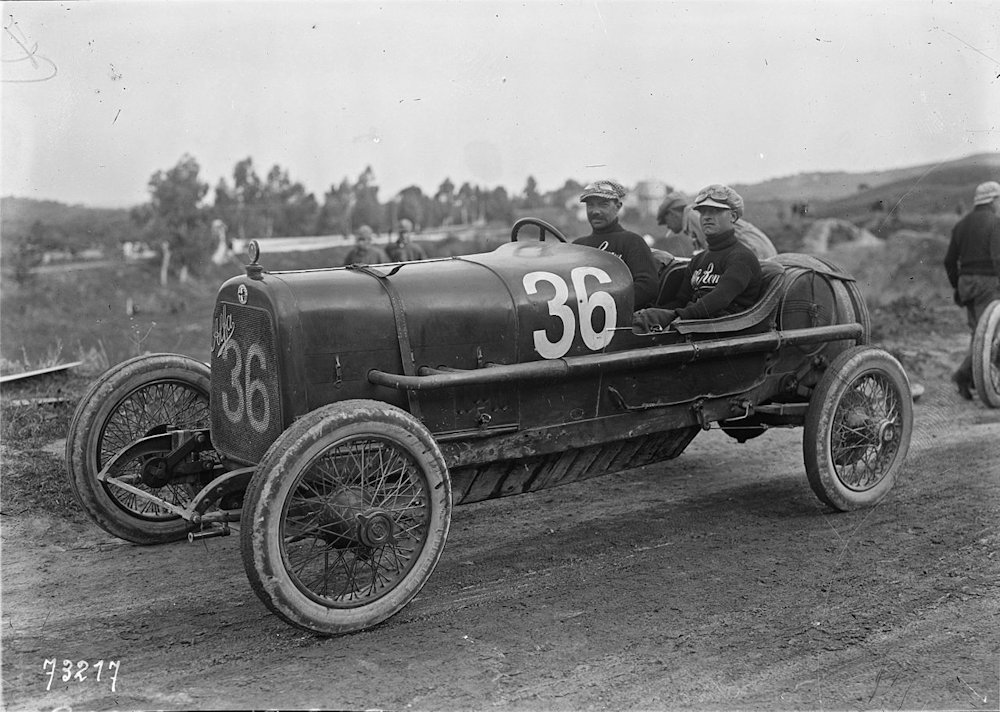
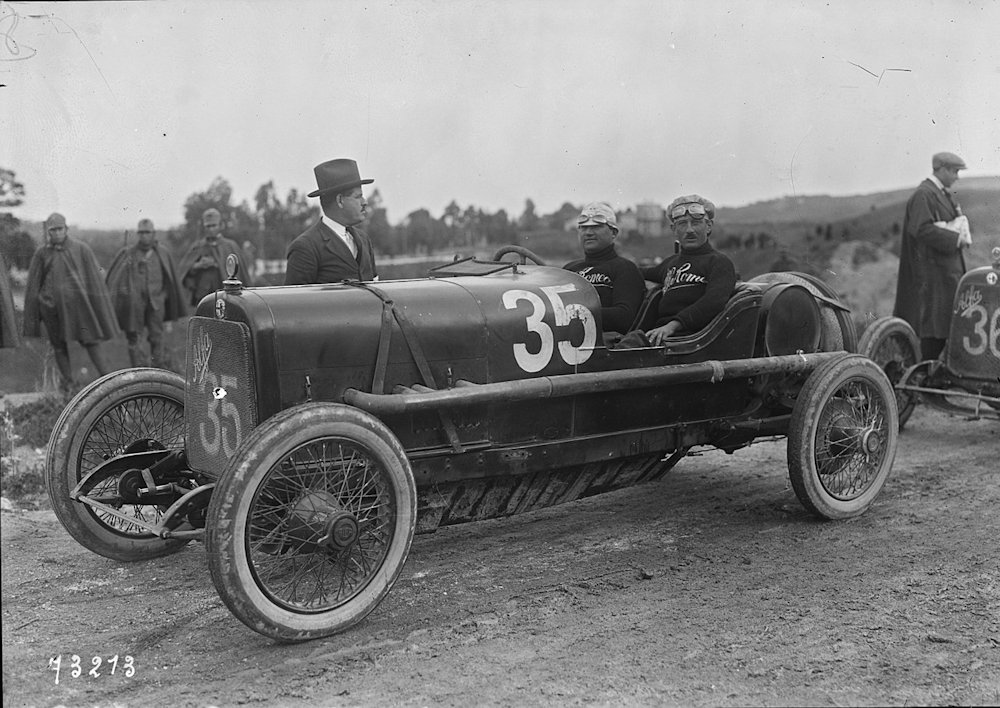
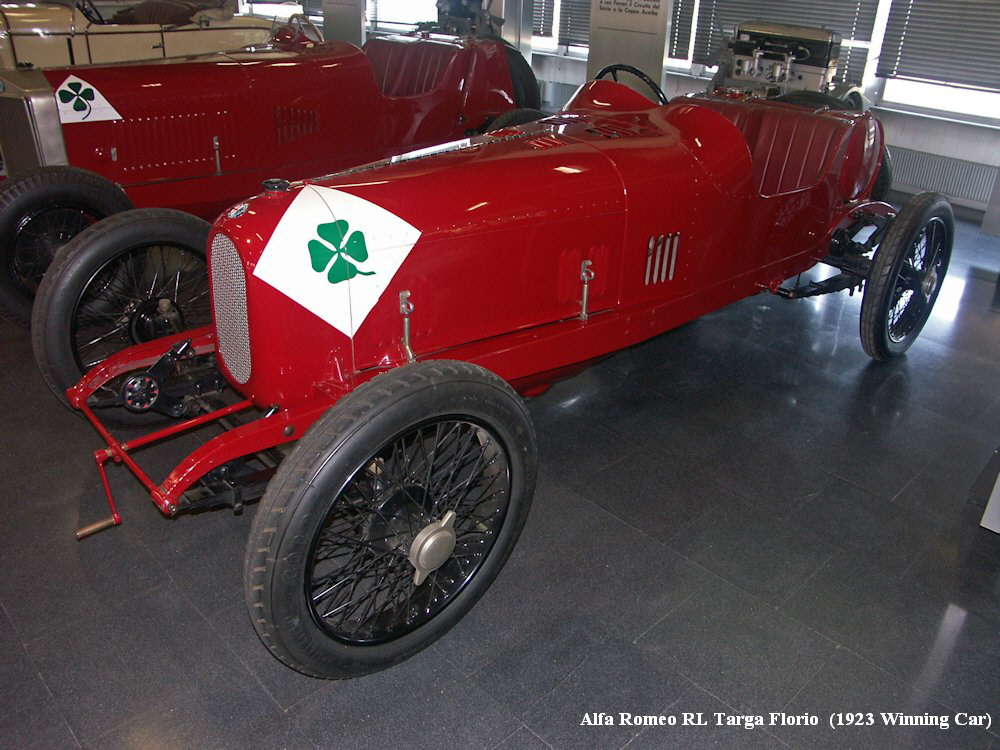
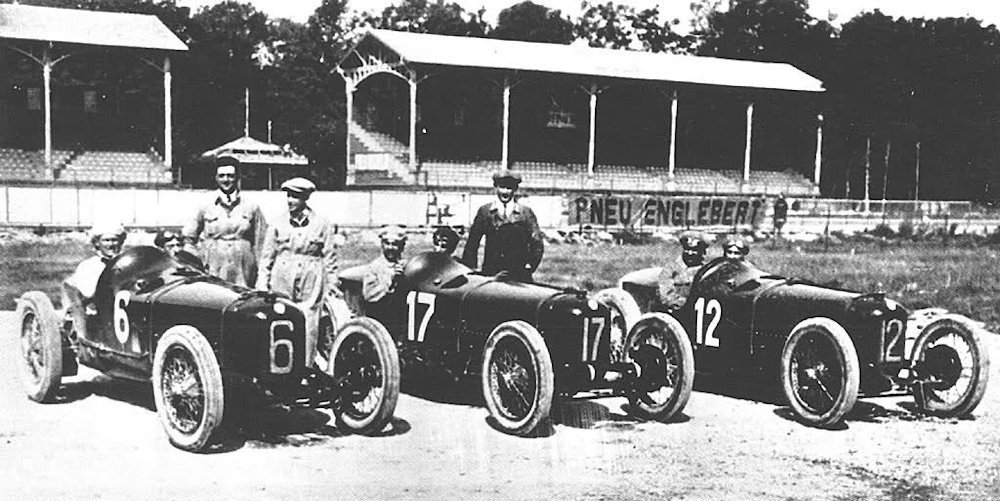
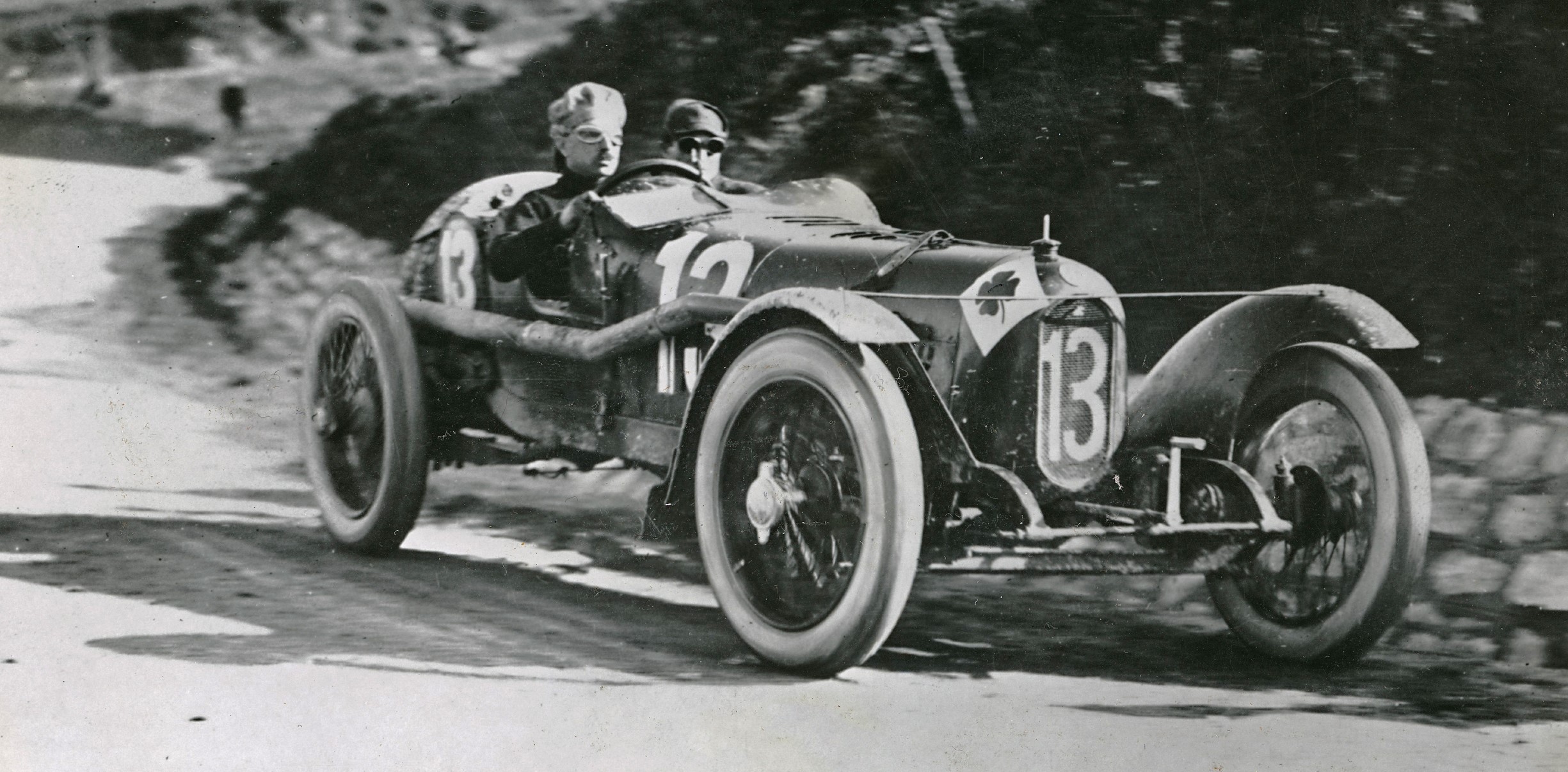


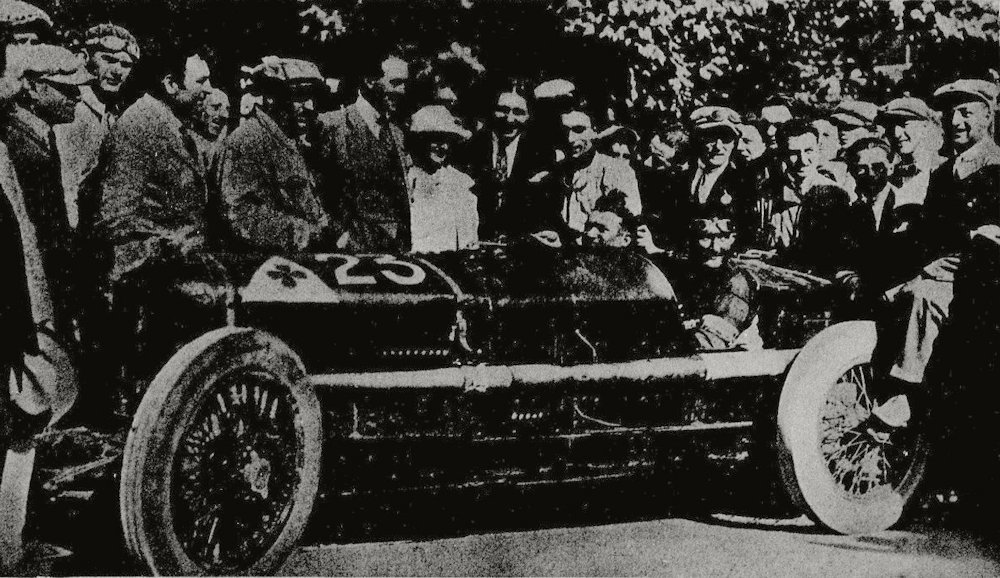
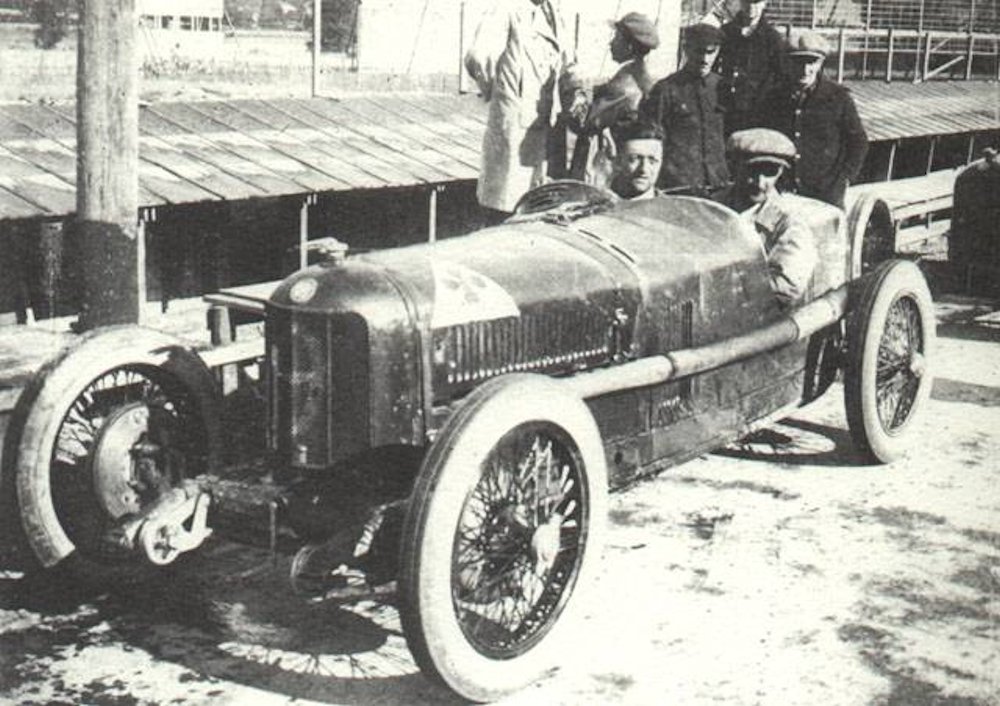

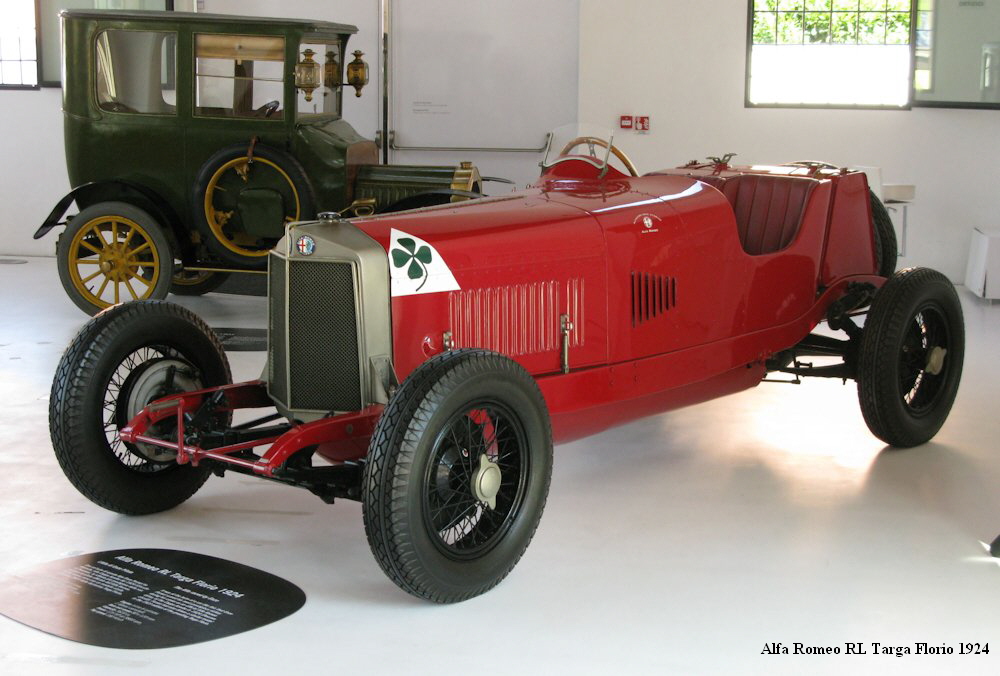


You must be logged in to post a comment.